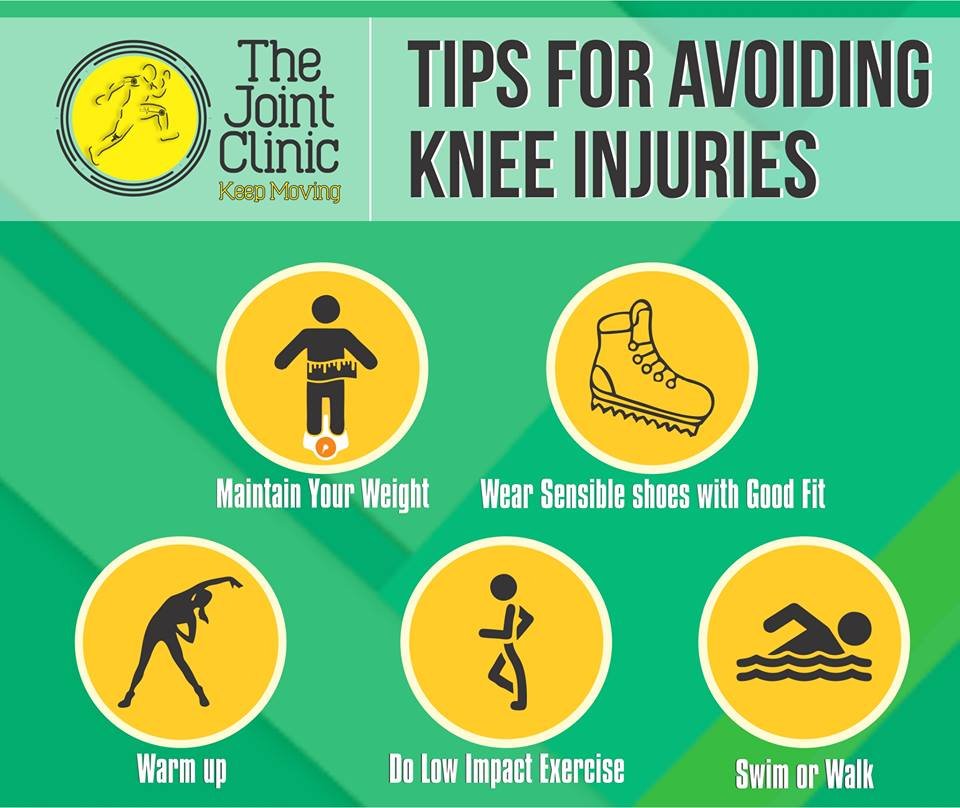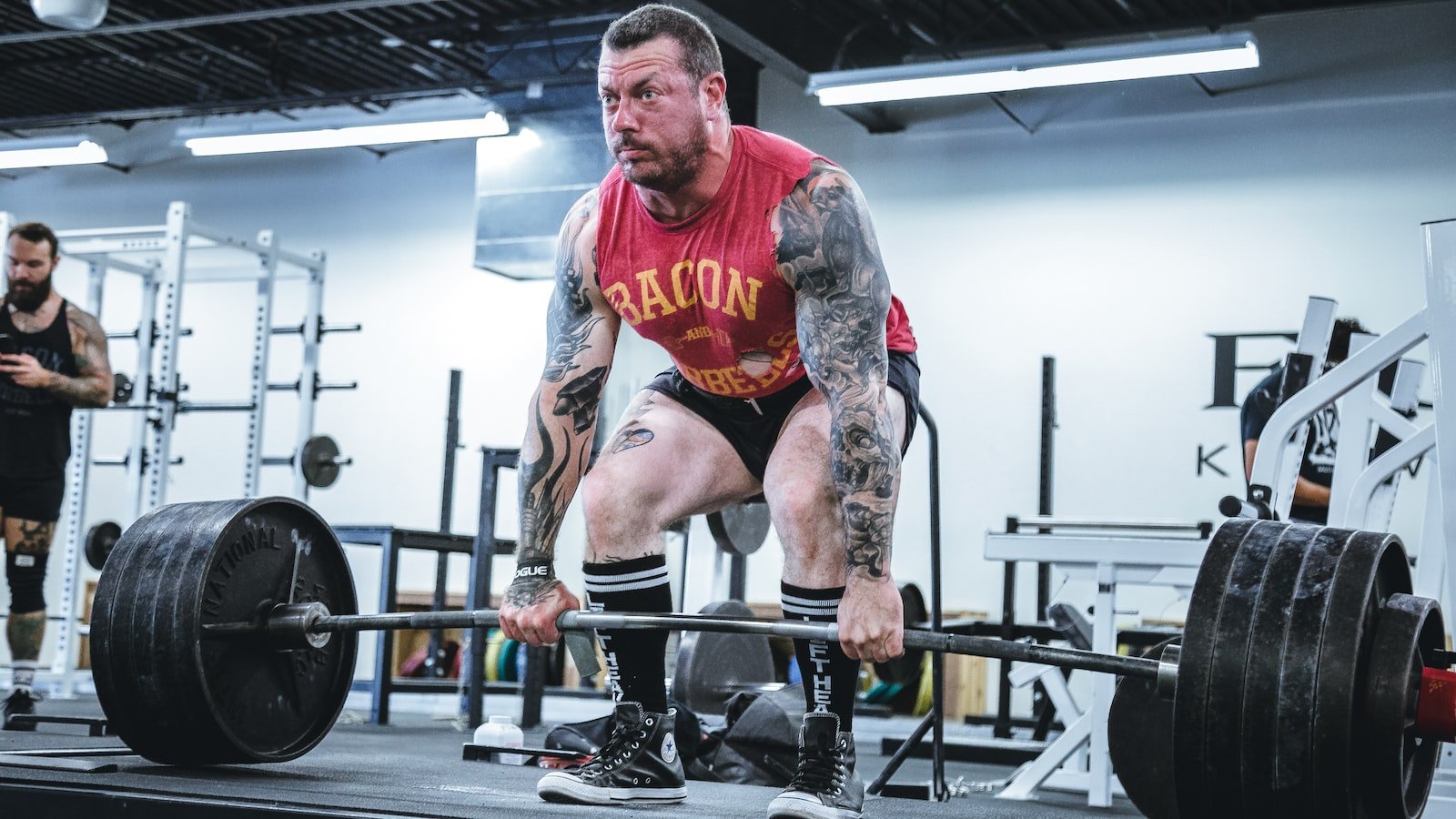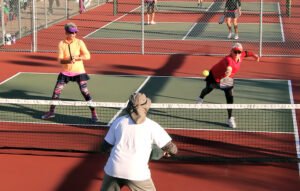Your body is an ever-evolving masterpiece, transforming through the ebbs and flows of time. Like the hand of a skilled artist, each passing year adds strokes and layers to the canvas of your being. As the sun rises and sets on the chapters of your life, it’s only natural for your fitness routine to require a delicate adjustment along the way. Embracing the graceful dance of aging, it becomes essential to adapt your exercise regimen to accommodate the changes of time. In this article, we will uncover the secrets of navigating this captivating journey, offering guidance on how to mold your fitness routine into a harmonious symphony, ensuring vitality and well-being throughout the years. So, let us embark on this odyssey of self-discovery, as we discover the art of adapting your fitness routine as you age.
Table of Contents
- Maintaining an Active Lifestyle: Tailoring Your Fitness Routine to Age Gracefully
- Understanding the Aging Process: Key Considerations for Modifying Exercise
- Incorporating Low-Impact Activities: Nurturing Joint Health and Injury Prevention
- Embracing Strength Training: Building Muscles and Enhancing Bone Density
- Prioritizing Recovery and Flexibility: Integrating Rest and Mobility Workouts
- Q&A
- To Conclude

Maintaining an Active Lifestyle: Tailoring Your Fitness Routine to Age Gracefully
As we age, it becomes increasingly important to adapt our fitness routines to suit our changing bodies and abilities. Embracing a proactive approach to maintaining an active lifestyle not only helps us age gracefully but also improves our overall well-being. Here are some key considerations to keep in mind when tailoring your fitness routine as you grow older:
- Listen to your body: Respect the signals your body sends you. It’s crucial to acknowledge and adjust your routine based on any physical limitations, pains, or strains you might experience. Consulting a healthcare professional or a fitness expert can provide valuable guidance in customizing a routine suitable for your age and physical condition.
- Incorporate variety: Engaging in a mix of activities keeps things interesting and helps target different muscle groups while reducing the risk of overuse injuries. Consider adding a combination of aerobic exercises, strength training, and flexibility exercises. Options could include brisk walks, swimming, yoga, or even tai chi.
- Warm-up and cool-down: Prioritize warm-up exercises to prepare your body for physical activity and reduce the risk of injuries. Likewise, cool-down exercises help gradually decrease your heart rate and prevent muscle soreness. Don’t skip these essential steps, as they contribute to a more enjoyable and injury-free experience.
- Stay hydrated and fuel your body: Hydration is crucial at any age, including during exercise. Keep a water bottle handy and drink fluids regularly to maintain optimal performance. Additionally, nourishing your body with a well-balanced diet ensures you have the necessary energy and nutrients for your workouts and recovery.
Remember, age is just a number, and with a modified fitness routine tailored to your changing needs, you can continue to lead an active and fulfilling lifestyle whilst gracefully embracing the natural process of aging.

Understanding the Aging Process: Key Considerations for Modifying Exercise
The aging process affects the human body in various ways, and understanding these changes is crucial for modifying exercise routines to suit older individuals. When designing exercise programs for seniors, there are key considerations to keep in mind:
- Decreased flexibility: Aging leads to a gradual loss of flexibility, making it important to include stretching exercises that improve joint mobility and reduce the risk of injury.
- Reduced muscle mass and strength: As we age, there is a natural decline in muscle mass and strength. Incorporating resistance or weight-bearing exercises, such as weightlifting or bodyweight exercises, can help maintain muscle health and bone density.
- Slower recovery: Older individuals may experience longer recovery times after exercise. It is essential to allow sufficient rest and recovery periods between workouts to prevent overexertion or exhaustion.
- Changes in balance and coordination: Aging can affect balance and coordination, increasing the risk of falls. Engaging in activities that focus on improving balance, such as yoga or tai chi, can help mitigate these changes and enhance stability.
By understanding these key considerations and tailoring exercise routines specifically for older adults, we can promote overall well-being, maintain independence, and improve quality of life.

Incorporating Low-Impact Activities: Nurturing Joint Health and Injury Prevention
Taking Care of Your Joints: Embracing Low-Impact Activities
When it comes to maintaining healthy joints and preventing injuries, incorporating low-impact activities into your routine can be a game-changer. These gentle exercises not only nurture your joint health but also provide a refreshing break from the grueling demands of high-impact workouts. Let’s explore some of the best low-impact activities to keep your joints happy and injury-free.
1. Swimming
Dive into the world of swimming and experience the blissful embrace of weightlessness. Whether you prefer a leisurely paddle or an intense lap session, swimming offers a host of benefits to your joints. The buoyancy of water reduces stress on your joints, making it an excellent low-impact exercise for people of all ages. Dive in and let the refreshing water take care of your joint health!
2. Cycling
Saddle up and embark on a joint-friendly adventure with cycling. This low-impact activity strengthens the muscles around your joints without subjecting them to excessive stress. Whether you prefer biking outdoors or pedaling on a stationary bike indoors, cycling is a fantastic way to nurture your joint health while enjoying the great outdoors or your favorite TV show.
3. Yoga and Pilates
Unleash your inner zen and engage in the world of Yoga and Pilates. These ancient practices not only enhance flexibility and strength but also promote joint stability. With their gentle movements and focus on controlled breathing, Yoga and Pilates provide a low-impact workout that nurtures your joints, improves posture, and enhances overall well-being.
By incorporating these low-impact activities into your fitness routine, you can actively contribute to the health and longevity of your joints. Remember, prevention is always better than cure, and your joints will thank you for the extra care and attention!

Embracing Strength Training: Building Muscles and Enhancing Bone Density
Imagine a world where you effortlessly lift heavy bags of groceries, sprint up the stairs without gasping for air, and feel confident and strong in your own skin. This world is not out of reach; it can be your reality by embracing the power of strength training. Not only does strength training help you build lean muscles that sculpt your body, but it also plays a crucial role in enhancing bone density – a benefit often overlooked.
Through targeted weight-bearing exercises, such as squats, lunges, and deadlifts, strength training promotes the growth and development of muscles. This results in increased strength, improved balance, and enhanced overall physical performance. Whether you’re a fitness enthusiast or just starting your wellness journey, incorporating regular strength training into your routine can provide a multitude of benefits beyond aesthetics.
- Increased bone density: Strength training stimulates bone growth, making your skeletal system stronger and less susceptible to fractures and osteoporosis.
- Improved posture: Strengthening your core and back muscles through resistance training helps maintain proper alignment, reducing the risk of back pain and postural imbalances.
- Boosted metabolism: Muscles require more energy to maintain than fat, so building lean muscle mass through strength training can increase your metabolic rate, aiding in weight management.
- Enhanced mental well-being: Regular strength training releases endorphins and reduces stress hormones, promoting a positive mood and overall mental well-being.
Ready to embark on the journey of embracing strength training? It’s never too late to start and reap the countless benefits that await. So grab those dumbbells, find a reputable fitness program, and get ready to unlock your hidden potential – both physically and mentally.
Prioritizing Recovery and Flexibility: Integrating Rest and Mobility Workouts
In the quest for achieving peak performance and maintaining a healthy body, many fitness enthusiasts often overlook the importance of rest and mobility workouts. However, prioritizing recovery and incorporating flexibility exercises into your routine can be the key to unlocking your full potential.
Rest days are essential for allowing your body to repair and recharge. During these days, it’s crucial to prioritize activities that promote relaxation and rejuvenation. This could include gentle stretching, deep breathing exercises, or even engaging in activities that bring you joy and reduce mental stress. Remember, rest is not a sign of weakness but rather a vital component of any well-rounded fitness program.
In addition to rest, integrating mobility workouts into your routine can greatly enhance your body’s flexibility and range of motion. These exercises specifically target the joints and muscles, helping to improve overall mobility and prevent injuries. Incorporate movements such as shoulder circles, hip rotations, and spinal twists into your workouts. Moreover, consider adding yoga or Pilates sessions to your regimen, as these disciplines focus on both strength and flexibility. With consistent practice, you’ll notice increased ease of movement and enhanced athletic performance.
To truly prioritize recovery and flexibility, it’s essential to listen to your body’s needs. Pay attention to any warning signs of excessive fatigue or soreness and adjust your workouts accordingly. Remember, pushing yourself too hard without giving your body ample time to recover can hinder progress in the long run. Embrace rest and mobility workouts as crucial parts of your fitness journey, and you’ll reap the benefits of improved flexibility and increased overall wellness.
Q&A
Q: Why should I adapt my fitness routine as I age?
A: Adapting your fitness routine to your changing needs can help prevent injuries, improve flexibility and mobility, maintain muscle strength, and promote overall well-being as you age.
Q: How often should I exercise as I get older?
A: It is generally recommended to aim for at least 150 minutes of moderate-intensity aerobic exercise per week, along with strength training exercises that target all major muscle groups, at least two days a week.
Q: What types of exercises are ideal for older individuals?
A: Low-impact exercises such as swimming, walking, cycling, and yoga can be excellent choices for older individuals as they are gentle on the joints while still providing a wide range of health benefits.
Q: How can I prevent muscle loss as I age?
A: Incorporating strength training exercises into your fitness routine can help prevent muscle loss and maintain muscle mass. It is important to focus on exercises that challenge your muscles and gradually increase the resistance over time.
Q: Is it necessary to warm up and cool down before and after exercise?
A: Yes, warming up before exercise helps increase blood flow to the muscles and prepares your body for physical activity, while cooling down afterwards helps prevent muscle soreness and aids in the recovery process.
Q: Should I be concerned about joint pain when exercising?
A: If you experience joint pain during or after exercise, it is important to listen to your body. Modify your workouts, choose low-impact activities, and consider seeking guidance from a healthcare professional to ensure you exercise safely.
Q: How can I make exercising a regular habit as I age?
A: Find physical activities that you enjoy, set realistic goals, and gradually increase the duration and intensity of your workouts. Engaging in exercise with friends or joining a fitness class can also help keep you motivated and accountable.
Q: Are there any additional precautions I should take when exercising as I age?
A: It is crucial to stay hydrated, wear appropriate footwear, and use proper form during exercises. Additionally, it is advisable to consult with your healthcare provider before starting any new exercise regimen, especially if you have any pre-existing health conditions.
To Conclude
As we conclude our exploration into the realm of aging and fitness, it becomes evident that the passage of time does not diminish our desire for a strong and vibrant body. While our physical abilities may evolve, our determination to stay fit and healthy remains unyielding.
Embracing the delicate dance of adaptation, we have delved into the depths of understanding how our fitness routines must evolve with the passing years. We have discovered that as we mature like fine wine, so too must our approaches to exercise transform.
In this journey, we learned to listen to the whispers of our bodies, acknowledging their shifting needs and responding with newfound wisdom. It is within this humble awareness that we can heal, strengthen, and challenge our temples of flesh.
We unveiled the importance of incorporating flexibility exercises into our routines, allowing our muscles and joints to retain the supple grace of youth. From dynamic stretches that awaken our bodies to the fluid motion of yoga, we learned that embracing flexibility breathes life into our aging frames.
Furthermore, we unearthed the hidden gem of strength training – a vital companion on the path to graceful aging. Armed with the knowledge that lean muscle mass fades with the ticking seconds, we fortified our bodies with resistance exercises, defying the whispers of frailty.
As we soared through the realms of cardiovascular endurance, we unlocked the door to longevity. We witnessed the power of aerobic exercise to oxygenate our cells, invigorating us from the inside out. With every step, pedal, or stroke, we rewrote the narrative of aging, crafting a life that defied the boundaries of time.
Lastly, in our pursuit of holistic wellness, we unburdened our minds through mindfulness and meditation. Recognizing that the tranquility of the mind translates into the harmony of the body, we sought solace in silence and introspection. Through this, we created an unwavering foundation for navigating the tides of aging with grace.
As we bring this journey to a close, remember that age is but a number in the beautiful symphony of life. With tenacity and an open mind, we adapt, we evolve, and we rewrite our stories. So, let us embrace the ever-changing dance, harmonizing our fitness routines with the rhythm of our aging bodies. In this harmonious union, we discover the power to flourish, shining brighter with each passing day.
As an affiliate, my content may feature links to products I personally use and recommend. By taking action, like subscribing or making a purchase, you’ll be supporting my work and fueling my taco cravings at the same time. Win-win, right?
Want to read more? Check out our Affiliate Disclosure page.




